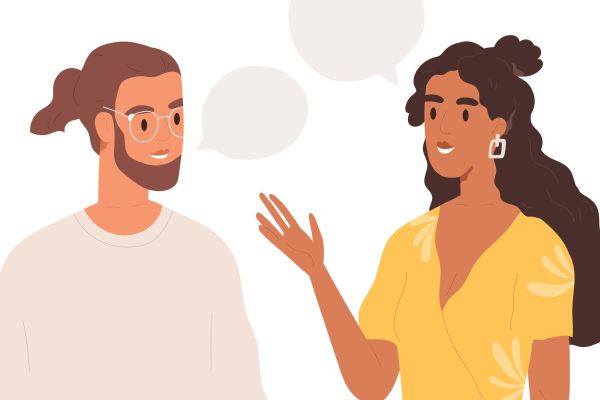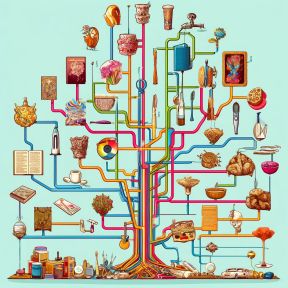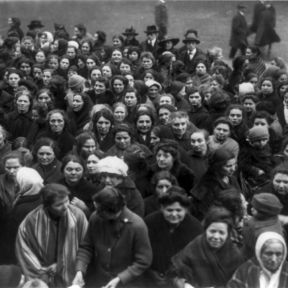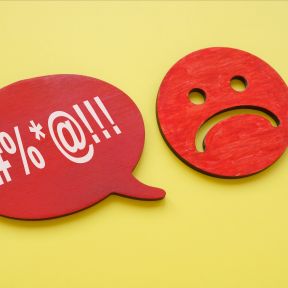
Social Learning Theory
The basis of social learning theory is simple: People learn by watching other people. We can learn from anyone—teachers, parents, siblings, peers, co-workers, YouTube influencers, athletes, and even celebrities. We observe their behavior and we mimic that behavior. In short, we do what they do. This theory is also known as social cognitive theory.

Social learning theory, developed by psychologist Albert Bandura, uses theories of classical and operant conditioning. But in this theory, the environment plays a large part in learning. We model the behavior of the people around us, especially if we find these models similar to ourselves or if we want to emulate them.
There are different parts to this theory. First, we learn by observing others. Second, our mental state is important in the learning process. Third, learning doesn’t mean there will be a change in behavior.
The YouTube influencer is a good case in point. If you like a particular influencer you may well want to model your behavior after hers. If she enjoys a certain brand of shampoo, then you may well imitate her by purchasing that brand.
Observational learning requires these four processes: attention, retention, reproduction, motivation. You have to pay attention to imitate behavior, retain or remember the behavior, reproduce the behavior, be motivated to reproduce it.

Bandura developed what famously became known as the Bobo Doll experiments. In these studies, children watched adults model either violent or passive behavior towards a toy, the Bobo Doll. What the children saw influenced how they themselves subsequently interacted with the doll. Specifically, children who observed violent behavior imitated this behavior and were verbally and physically aggressive toward the doll. Children who witnessed nonviolent behavior behaved less aggressively toward the doll. In recent years, some psychologists have called Bandura’s original findings into question, labeling his experiments as biased, poorly designed, or even unethical.
Albert Bandura concluded that children learn aggression, violence, and other social behaviors through observation learning, or watching the behaviors of others. On the opposite end, kindness and compassion can be imitated as well.
Despite the criticisms, Bandura’s larger theory is still applied by psychologists seeking to understand the roots of behavior and mood, the importance of role models, and to glean insight into consumer purchasing decisions.

Learning theory tells us how we take in and process information and knowledge. A person’s environment influences his learning. In the case of Pavlov’s dog, for example, the physiologist Ivan Pavlov found that the sound of a metronome produced saliva in a dog’s mouth. The dog was conditioned to hear the sound and associate that sound with food, hence the salivation. This is called classical conditioning.
In operant conditioning, coined by B.F. Skinner, we learn through reinforcement or punishment. We avoid touching a pot of boiling water, for example, because we will burn our fingertips. Skinner developed the operant conditioning chamber, later known as the Skinner Box, to study animal behavior. The chamber or box has a key or bar that can be pressed so that the animal obtains a reward like food or water. Manipulating the key meant food, that is the premise of reinforcement in learning.
Food poisoning is a good example of such conditioning. If your first experience of eating a burrito ended in nausea and other contaminated food symptoms, you will likely gag at the smell of future similar dishes.
The sales incentive is positive reinforcement in operant conditioning. The quarterly bonus, for instance, is offered to the sales agent who reaches his target goal. And he will likely strive to reach his future goals with such a stimulus.














